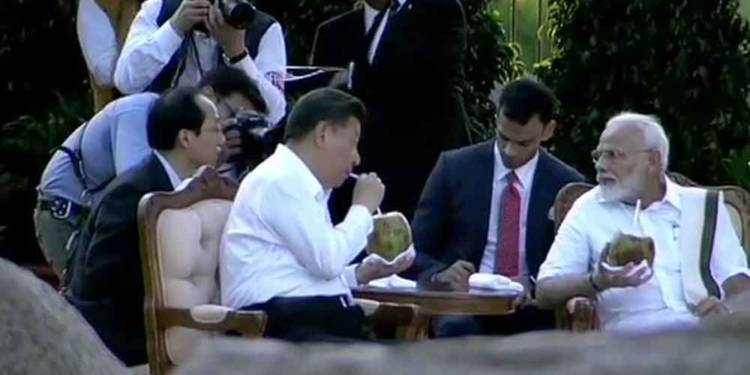The 22nd meeting of the Special Representatives (SR) of India and China on the boundary issue is expected to happen either around the end of the year or in January 2020. Earlier, India’s move to reschedule the SR meeting between NSA Ajit Doval and China’s foreign minister Wang Yi on boundary talks had caught China off-guard as New Delhi was miffed by China’s misadventures in the wake of abrogation of Article 370 and to show its displeasure the centre had postponed the meeting. In a bid to save face, China had moved to ‘cancel’ the meet at the last moment. Though the government is not exactly enthusiastic of Beijing’s so-called early harvest proposals which were submitted in August this year by the Chinese side and which pertains only to Sikkim where the Indian Army dominates the border with the Bhutanese Army on the other side, a meet is on the cards. Early harvest proposals are those which the country believes can be easily closed. China is hoping that addressing the early harvest proposal would lead to the resolution of the vexed boundary issue.
According to a report in Hindustan Times, the only place where China has proposed an early resolution is Sikkim – where the Indian Army dominates the Chumbi Valley with the Bhutanese Army on the other side. According to a former Indian Army chief, an Eastern Army commander, and a former 3rd Corps commander, the Chinese Peoples’ Liberation Army (PLA) contests its Indian counterpart in the Finger Area of north Sikkim and the India-China-Bhutan Tri-junction Area near Batang La. At both places, the Indian Army holds dominating heights with a 20 km clear observation channel of the Tibetan plateau and at Doka La, south of Nathu La, leading to Dolam or Doklam plateau. The Chinese claim on the tri-junction is Gyemochen, further south of Batang La and at the start of Jhampheri ridge.
Though dates for the talks between National Security Advisor Ajit Doval and State Councillor Wang Yi for the SR dialogue are being mutually discussed, the boundary dispute is far away from resolution. The main reason for this is because China continues to use the unresolved border issue as a pressure point to destabilise India. According to the official presser from last year’s 21st SR meet of India and China, nothing concrete had come out too and therefore with New Delhi not interested in Beijing’s proposal, there is little to no hope of something substantial coming out of the meet if and when it happens. “Special Representatives undertook a comprehensive review of earlier rounds of talks under the SR mechanism. They underlined the importance of approaching the boundary question from the strategic perspective of India-China relations and agreed that an early settlement of the boundary question serves the fundamental interests of both countries”, the official presser read last year. India and China have a 3,488-km long unresolved border with 13 mutually agreed disputed points and other sensitive points.
Beijing still issues stapled visas to the citizens of two Indian states i.e. Arunachal Pradesh and Jammu & Kashmir and if China really wants to walk the talk and amicably resolve the border disputes, it has to first start with the issue of status of Aksai Chin, a territory which Beijing illegally occupies in Ladakh, a territory of India, China has discomfort even in recognising Ladakh or Jammu and Kashmir as part of India. Then comes Arunachal Pradesh which China does not consider a part of India and on the contrary claims, it is part of Tibet where it has confiscated Tibetan territories and therefore considers Arunachal as part of China. With unsettled border disputes, China and India have had standoffs at the border, especially before crucial bilateral meetings, with China being the aggressor, the belligerent trespasser. During the Doklam standoff, India gave China a befitting reply by engaging in a prolonged standoff that increased tensions between the two countries right before the Wuhan Summit where Xi Jinping and Narendra Modi had an informal meeting.
In nutshell, China which is vulnerable in Sikkim is looking for ways to gain upper hand in the region which New Delhi is well and truly wary of. However, if Beijing wants to engage in any dialogue whatsoever, it needs to go out of its traditional way and talk about the other disputed land sites where China always seemingly creates nuisances and ruckus.






























